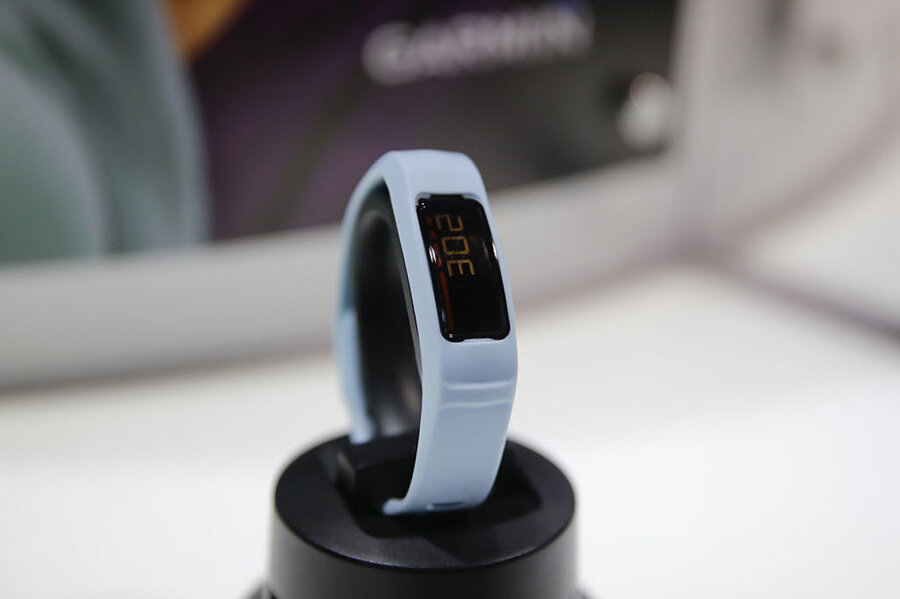Could a 'smart sweater' lower your heating bills?
Loading...
A group of researchers at Stanford University recently published a study on the use of nanowire-coated fabric to help the body conserve thermal energy. The fabric can trap heat inside a person’s clothes, making it unnecessary to heat empty rooms in order to keep the people within them warm.
The breathable nanowire fabric is coated in silver nanowire fibers and works by reflecting the infrared radiation that humans naturally emit back into the body. Garments made from the nanowire fabric could also utilize active heating to warm wearers.
Clothing made of the material could save the average person $200 per year on heating, the study's lead scientist Yi Cui told Popular Science. Indoor heat is a massive global expense; the International Energy Agency reported that almost half of the total global energy use goes heating, primarily in residential buildings.
The fabric coating is still in being tested for safety and is not yet available, but the research team plans to begin development on a clothing-based cooling system so both heating and cooling costs can be minimized.
While many questions remain about the practical applications of nanowire-coated fabric, it fits in among the many other smart clothing products in development.
Companies at the Consumer Electronics Show (CES) convention in Las Vegas last week debuted some of what is to come throughout 2015 in the developing smart clothing industry.
2014 was the year of smart watches and fitness bands, but this year devices are slowly becoming less geeky and more sleek looking, notably the Withings Activité fitness band, which contains the technology of a fitness band but looks like a normal watch.
Not looking like it's is packed full of transistors appears to be the key for successful piece of wearable tech. For example Sensoria’s CES award-winning smart socks have sensors woven into the fabric, which then transmit exercise data to a mobile app but otherwise look like normal pair of socks.
Fashion design companies are also moving into the wearable tech world, as JINS did with their new glasses which, like the socks, send data to a smartphone app, tracking sleepiness, caloric intake, and personal preferences.
Some of the greatest possible benefits of high-tech clothing might be less about apps and fitness and more about smarter use of environmental and economic resources. The growing market for and acceptance of dual-purpose clothing is creating a culture where nanowire-coated clothing may become a reality.








